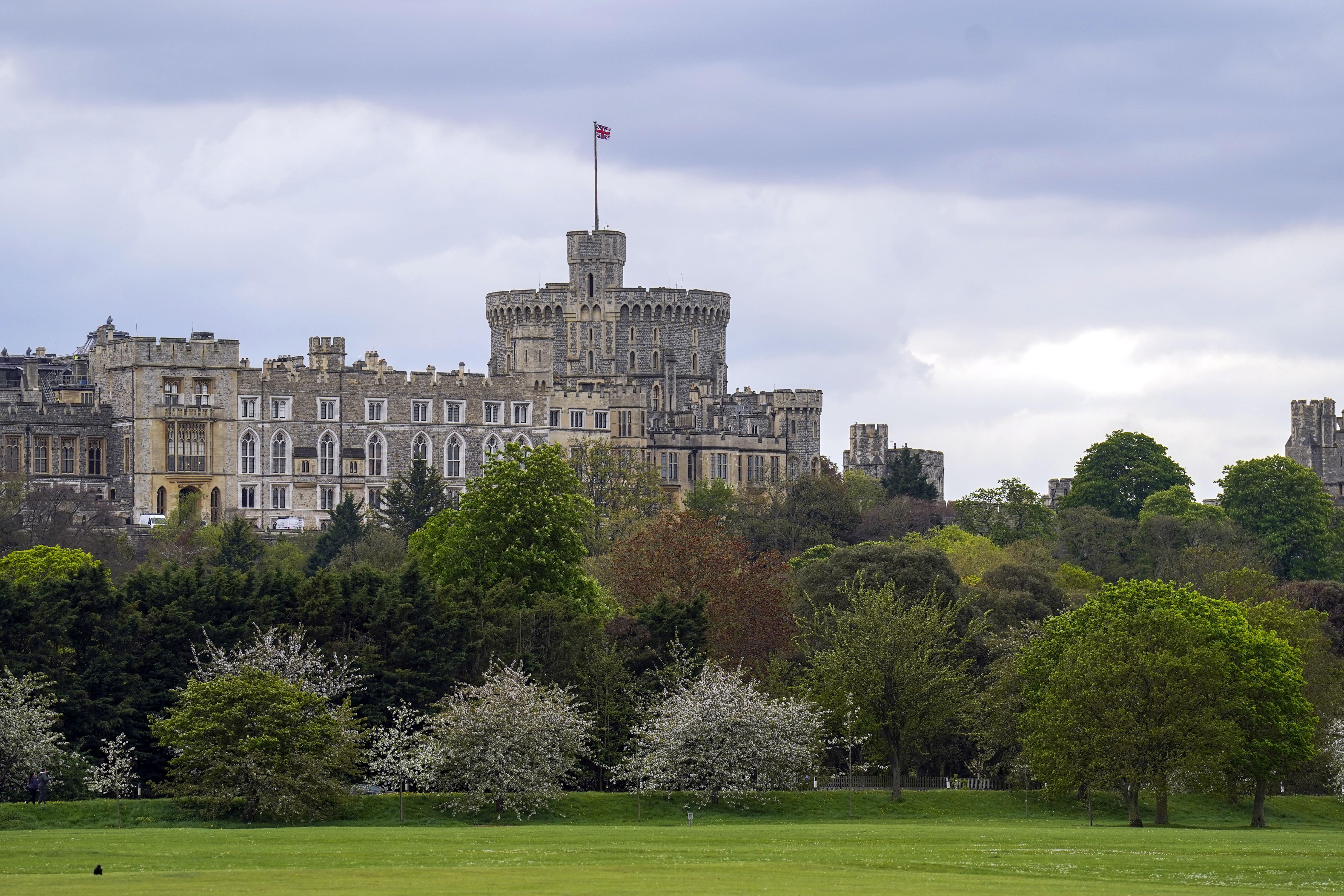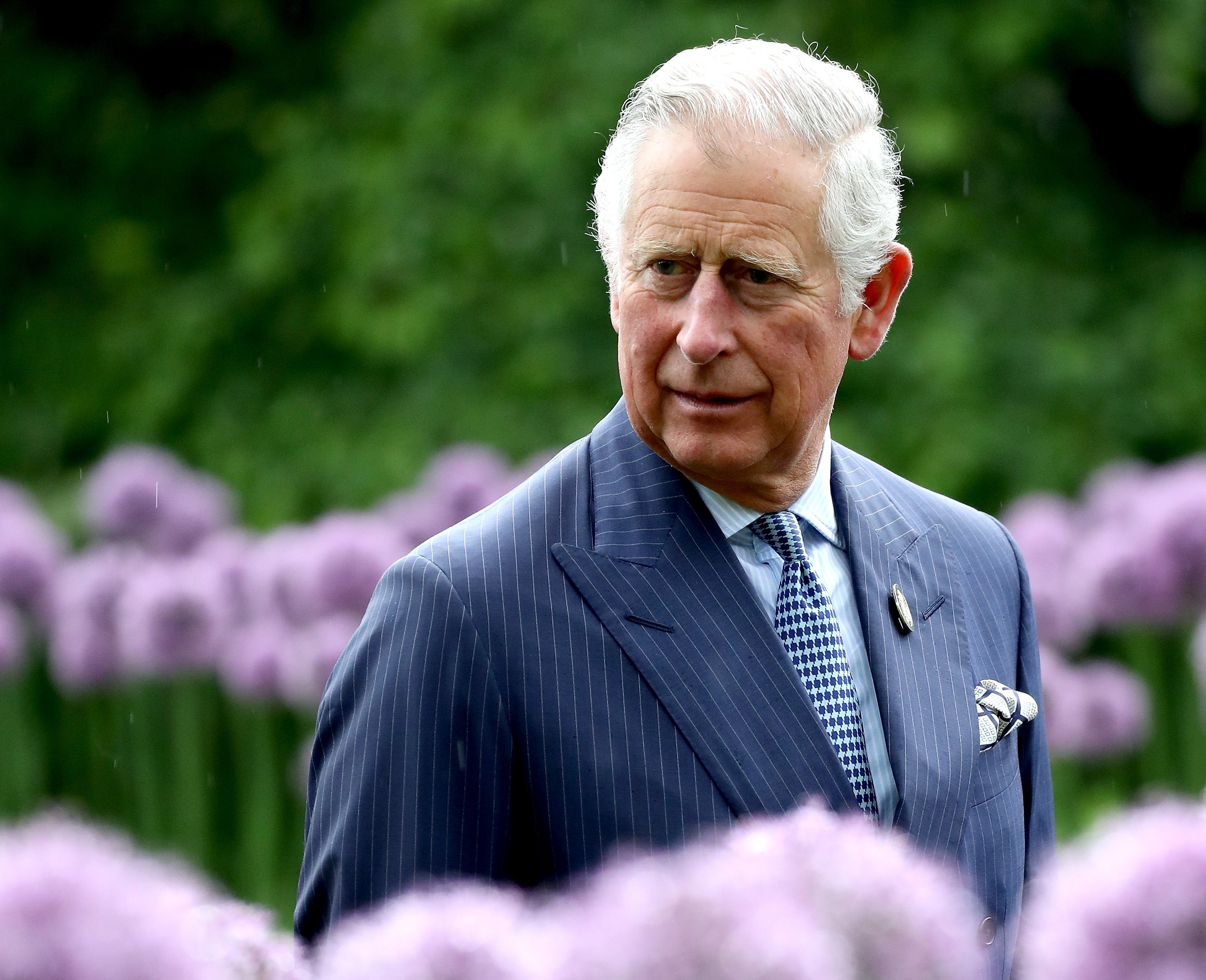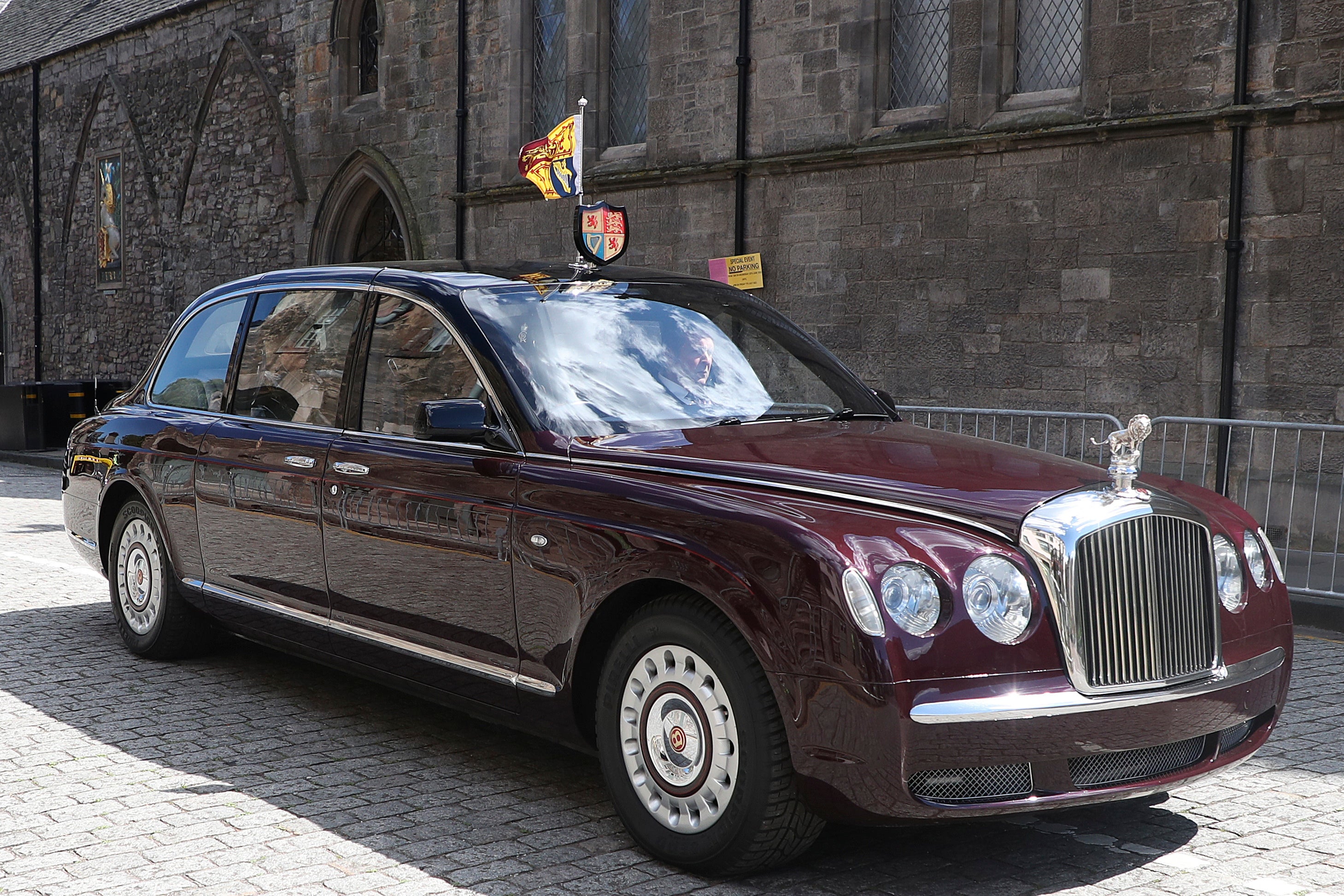Solar panel castles and biofuel Bentleys: King Charles’s royal palaces go green in his first year as monarch
State Bentleys to undergo refurbishment to run on biofuel
Your support helps us to tell the story
From reproductive rights to climate change to Big Tech, The Independent is on the ground when the story is developing. Whether it's investigating the financials of Elon Musk's pro-Trump PAC or producing our latest documentary, 'The A Word', which shines a light on the American women fighting for reproductive rights, we know how important it is to parse out the facts from the messaging.
At such a critical moment in US history, we need reporters on the ground. Your donation allows us to keep sending journalists to speak to both sides of the story.
The Independent is trusted by Americans across the entire political spectrum. And unlike many other quality news outlets, we choose not to lock Americans out of our reporting and analysis with paywalls. We believe quality journalism should be available to everyone, paid for by those who can afford it.
Your support makes all the difference.The royal estate is undergoing a climate-friendly makeover in the first full year of King Charles’ reign, according to a report which shows his efforts to reach net-zero targets within palace walls.
Known for his commitment to the environment, the King has pushed ahead with green measures including adding solar panels to the royal estate as well as converting his pair of Bentley’s to run on biofuel.
Energy efficient electric ‘gas’ lamps will also be installed, according to Wednesday’s annual Sovereign Grant report, which revealed that Charles and Camilla have overseen a three per cent decrease in natural gas and heating emissions in the last year as a result of the green initiatives.
Solar panels are one of the measures already in place at Windsor Castle, installed this year in replacement the old lead roof.
The work was part of £16.6m spent on property maintenance projects – which also saw the removal of asbestos from Buckingham Palace mews and structural repairs to the Salisbury Tower.

“Out went the leaking lead roof and in came the Castle’s first solar panels – just one of a number of environmental initiatives, driven by a determination to place sustainability at the heart of our operations and inspired by His Majesty’s leadership in this sphere,” Sir Michael Stevens, Keeper of the Privy Purse said.
Sir Michael also described the new developments as “small steps, but part of a much wider plan to make a significant impact on our carbon emissions in the years ahead”.
A new head of sustainability was appointed by the monarch in 2023 to accelerate his net-zero ambitions, while two State Bentleys will undergo refurbishment in the coming year to enable them to run on biofuel.

A palace spokesperson said this will likely be an interim measure as they begin discussions around the next generation of state vehicles being fully electrified.
Royal aviation travel will also get a climate-friendly overhaul, with the palace working to increase the use of Sustainable Aviation Fuel (SAF) for royal flights where practicable, with a temporary SAF tank having been installed at RAF Odiham.
Other areas of focus for the palace was the possibility of connecting royal estates to district heat networks and installation of air source heat pumps.

On Buckingham Palace grounds, gas lantern are being repurposed with electrical fittings to “improve their energy efficiency while preserving their historic look and glow.”
The historic lanterns were switched off during the recent energy crisis as a cost-saving measure but while shift to electricity may be more eco-friendly, the palace’s electric bill continues to soar.
The royal family will, however, take receipt of two new helicopters, which will replace the existing 15-year-old models.
While not known as the most environmentally friendly travel option, the new helicopters will be able to run partially on sustainable fuel.
The 2024 royal electric bill sat at £2.2m, up from £1.3m in 2023. A palace spokesperson attributed this to a change in tariff made in October 2023.
Expenditure on gas however did decline, with £1.2m having been spent in 2024 compared to £1.4m the previous year.
The green measures are just some of the information released in this year’s report.
It also revealed that overall spending fell by 17 per cent to £89.1m from £107.5m, largely due to a decrease in expenditure on the Buckingham Palace Reservicing Programme.
The total Sovereign Grant for 2023-24, has remained static at £86.3m for the third consecutive year.
This is split into a core grant of £51.8 m to fund official travel, property maintenance and the operating costs with a further £34.5m being used for the continuing renovation of the palace.

Join our commenting forum
Join thought-provoking conversations, follow other Independent readers and see their replies
Comments